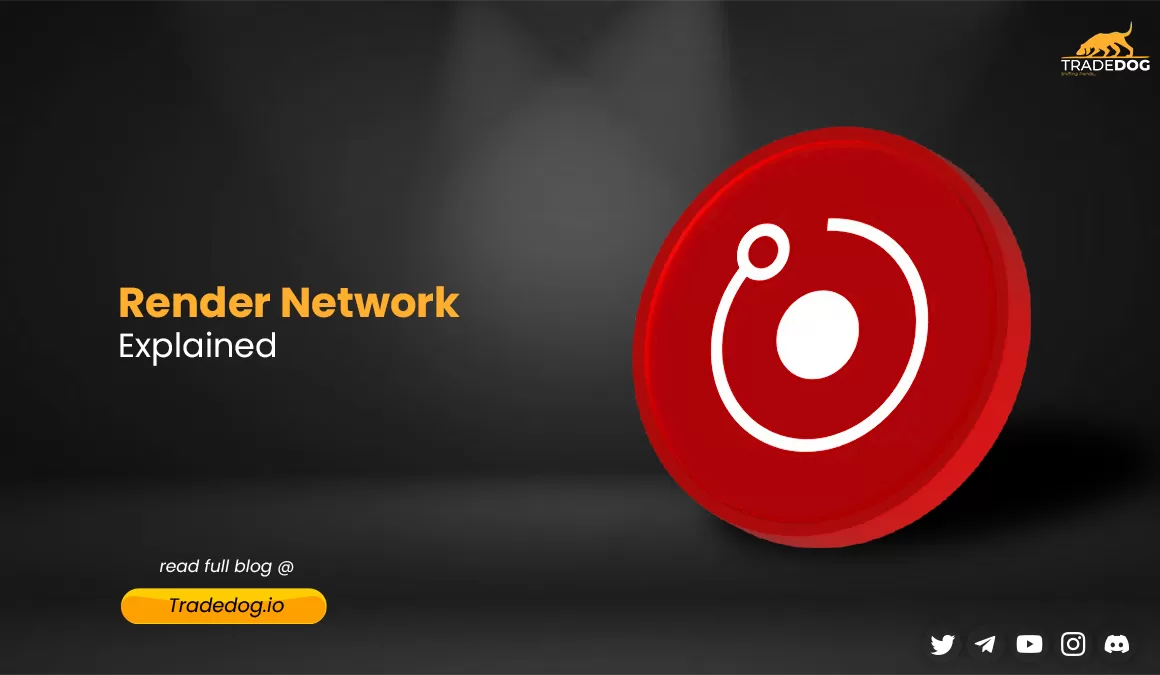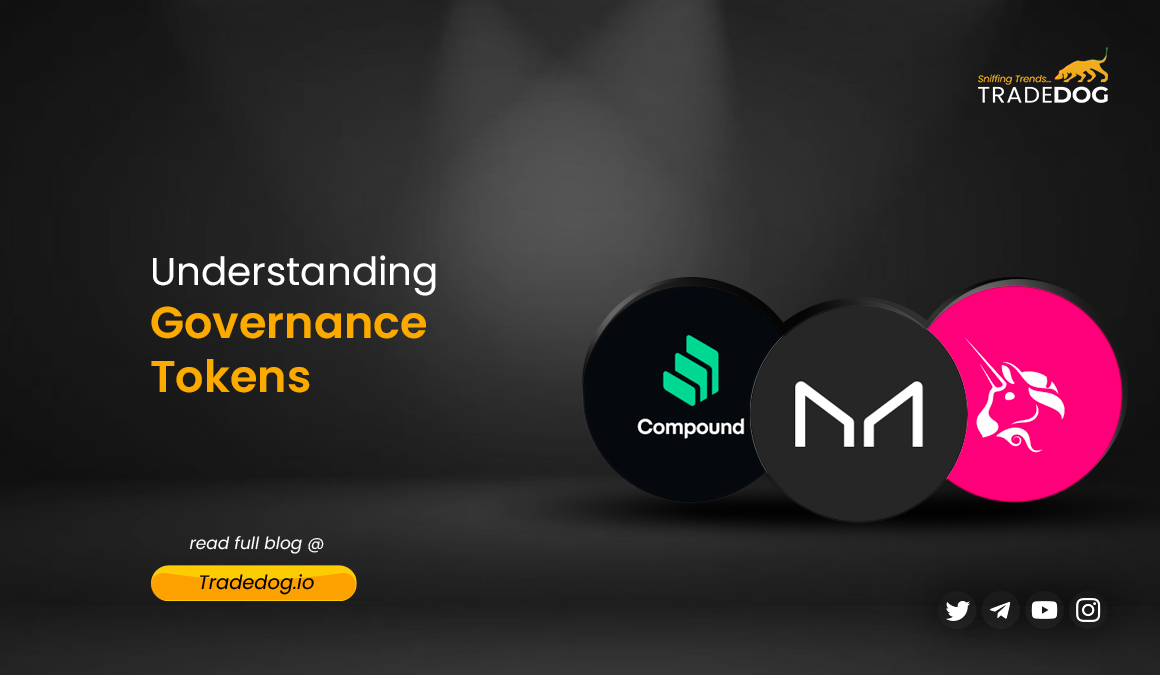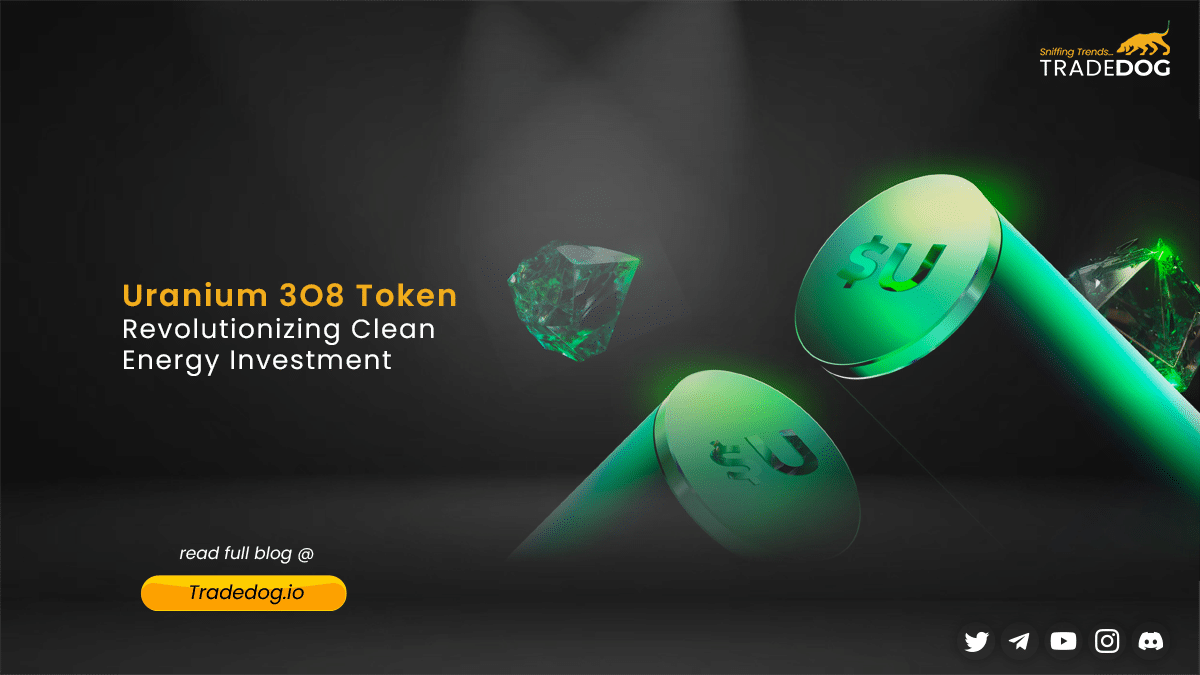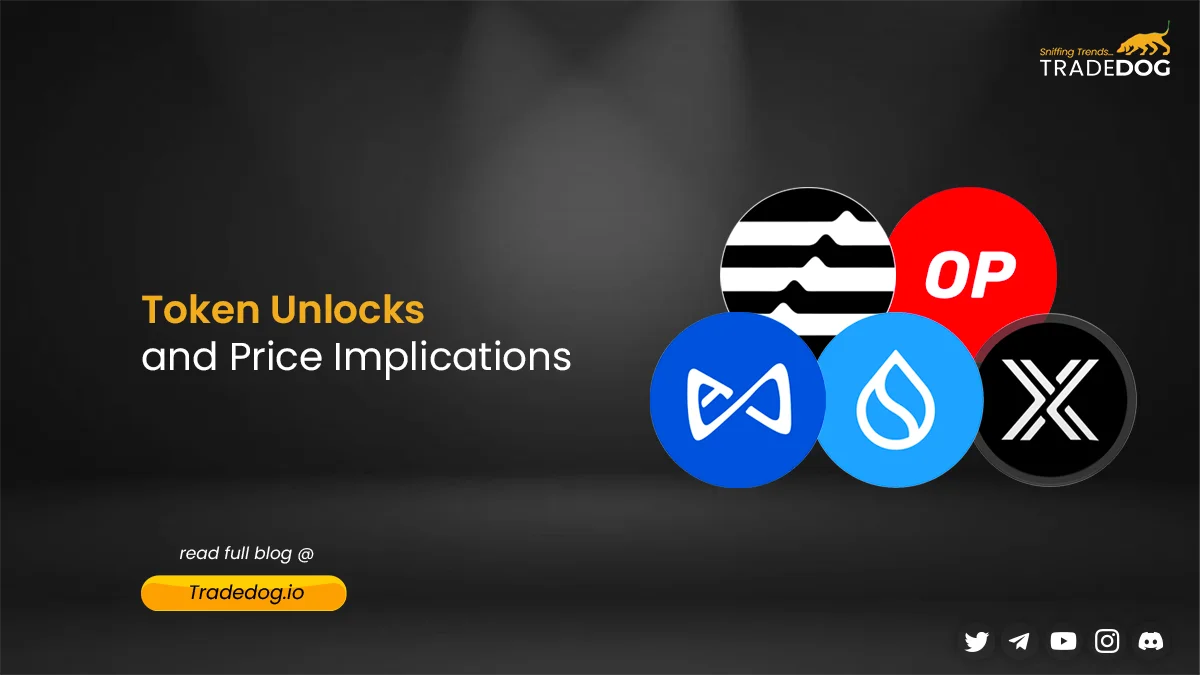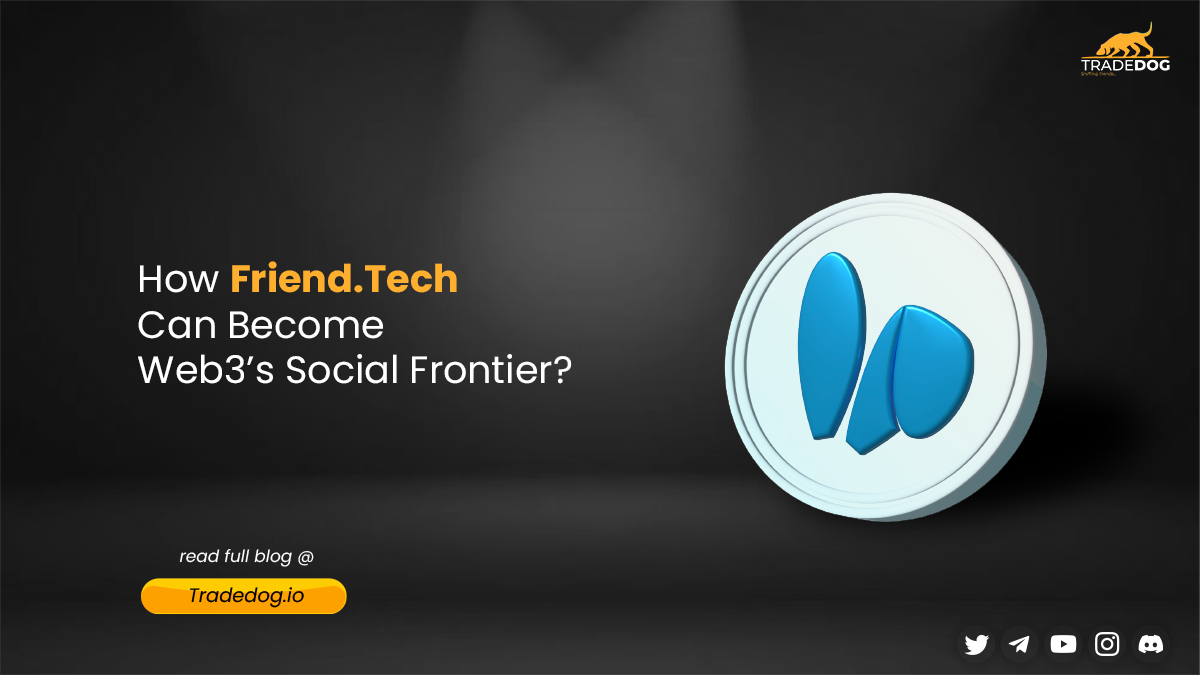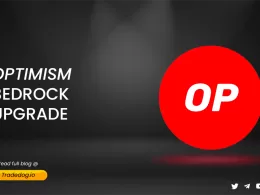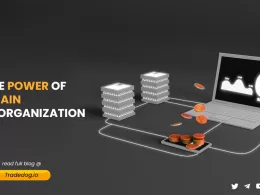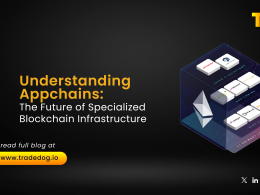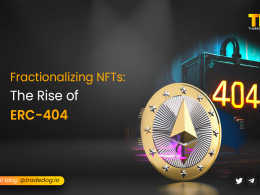Quick Links
We all have seen VFX movies like Gravity or Interstellar and we get immersed into Animations movies like Spider Man or Elemental.
The production of visual content requires it to be rendered (piece of media that gets created by integrating different content elements, such as video, audio, effects, transitions, text, images) so that we can have the eye boggling look and feel of the content that we are consuming.
However, the rendering requires external servers and additional resources (e.g. UHD 8K@240 fps is 256 x the work of HD 720p30).
Hence, there is a need for a system that can scale rendering speed and make rendering resources easily accessible. Thus in 2009, OctaRender got launched which allowed for creating stunning works in a fraction of the time. It uses the graphics card on your computer to render photorealistic images extremely quickly.
What is Render Network?
The Render Network is revolutionizing the world of GPU cloud rendering by creating a decentralized economy of connected 3D assets. It allows individuals to contribute their GPU power in exchange for tokens, providing artists, designers, and researchers with increased access to rendering capabilities.
Render Token will be utilized to exchange rendering and streaming services on the OctaneRender Cloud (ORC) network, its cloud rendering marketplace. In its final form, the token will allow users to utilize the wide array of available GPUs in the peer-to-peer network, allowing for quick and reliable rendering facilitated and kept track of by the blockchain. It envisions itself as a rendering ecosystem that works efficiently in a blockchain-based peer-to-peer network with securely protected property rights.
Due to the recent drastic rise in the adoption of AI products, Render Network witnessed an overwhelming demand due to the pressing requirements of GPU for training AI models. This made the RNDR token fly to new heights, and it has increased 455% Year-to-date while the overall market in this time period has only gained 50%.
RNDR has a market cap of $822M as of June 22, 2023. Beeple, the creator of Everydays: The First 5000 Days, which got sold for $69M, has joined the project as an advisor. The network will democratize access to the GPU for even those who cannot afford to buy these high capabilities machines at hefty costs.
Let’s now try to understand its key features, functioning, and use cases of the Render Network.
Key Features of Render Network:
Sharing GPU Power
With the Render Network, anyone with a modern computer can contribute their GPU power and earn tokens. This means more people can use their computers to help with rendering tasks.
Cloud Rendering
The Render Network uses special technology that allows rendering tasks to be spread out across many computers connected through the internet. This makes rendering faster and more efficient.
Meeting the Demand for Rendering
There is a growing need for rendering in industries like entertainment and design, but there are only sometimes enough computers to handle the workload. The Render Network helps bridge this gap by bringing together the power of many computers.
Making Use of Idle GPUs
When your computer’s GPU is not being used, you can earn tokens by letting it help with rendering tasks. This way, you can put your idle GPU to work and earn something in return.
Blockchain Technology
The Render Network uses blockchain technology to keep things secure and organized. It helps with keeping track of who owns what and ensuring transactions are safe and transparent.
Secure and Traceable Rendering
The Render Network has a special system called OctaneRender Scene AI that adds a unique mark to each rendering. This allows the rendering to be split across different computers without worrying about someone taking credit for the work.
How Render Network Works
The Render Network seeks to make rendering tasks easier. Let’s try to understand how the Render Network works in easier words.
The network will have two categories of users-
- Users providing their GPU (Supply side)
- Users that want their work to be done (Demand side)
The transaction flow in the Render Network is as follows:
Source: Render Network Whitepaper
- The user needs a render job to be done, and they will submit a task on the Octanerender portal.
- The system will calculate and quote a price (in RNDR tokens) for the render task.
- They pay the amount in tokens; the task details are fed to the smart contract.
- The task is then broadcasted across the Render Network. The user will match the task and show interest in working on it.
- The user utilizes their system’s GPU to perform the task and then sends the completed task back through the Render Network.
- Once completed and reconciled, the tokens are transferred from the user who requested the task to the user or server that completed the task via the smart contract.
- The network also receives a small percentage of Render Tokens for facilitating the transaction and running the render network.
Use Cases of Render Network:
Here are a few examples that help us understand the use cases of Render Network:
- Entertainment and Media: The Render Network can help create amazing animations and special effects for movies and video games.
- Architecture and Design: Architects and designers can use the Render Network to create realistic 3D models and visualizations of buildings and spaces.
- Scientific Research: Researchers can use the Render Network’s power for things like simulations, data visualization, and complex calculations.
- Virtual Reality and Augmented Reality: The Render Network can enhance virtual and augmented reality experiences by providing high-quality graphics and visuals.
Conclusion:
The Render Network is making GPU cloud rendering accessible to everyone. Sharing GPU power and using advanced technology allows artists, designers, and researchers more access to rendering capabilities. The Render Network is revolutionizing the entertainment, design, and scientific research industries with its secure and efficient system. With the development of a hyper-realistic metaverse, there would be a pressing need for cloud rendering solutions, and Render Network presents itself as an ideal solution.





